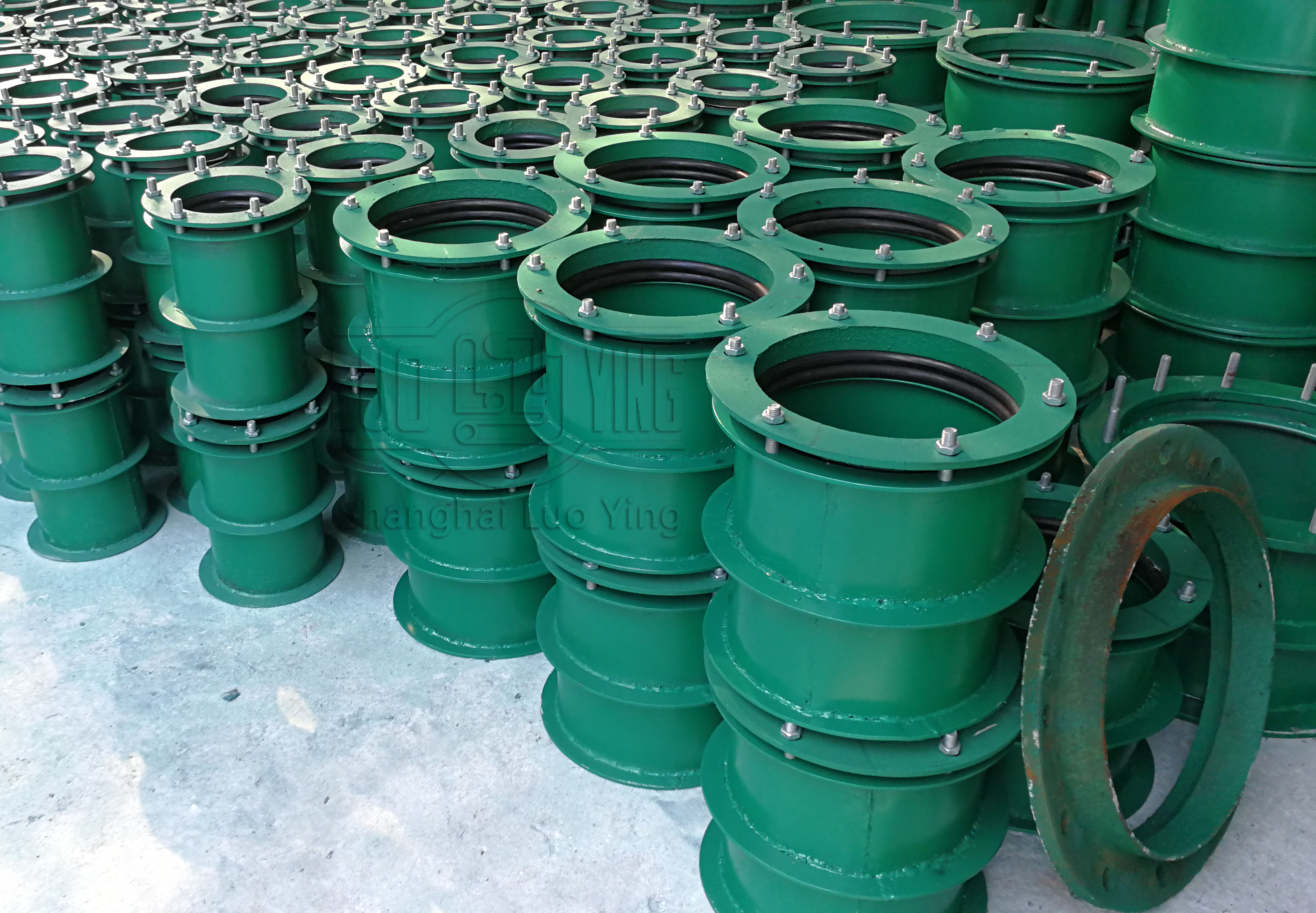What are the standards of waterproof casing practices?
Sep-22-28
① raw material selection: according to the project to choose the type of waterproof casing, you can choose the national standard hard waterproof casing or national standard flexible waterproof casing. The main raw material of waterproof casing products is carbon steel. You can also choose stainless steel plate and pipe body according to the regulations. Use seamless pipes. When the raw material enters the sales market, first check whether the shape of the pipe is cracked or vacant.②Material: According to the construction drawings and industrial building drawings, the reservoir thickness is clarified, and then the seamless steel pipe specifications are accurately measured with a steel tape measure. The seamless steel pipe is laser cut on an automatic cutting machine, and the laser cut surface should be flat and free of cracks, edges, defects, asymmetries and other defects, and the laser cut plane should be perpendicular to the pipe line.
③Manufacturing: Firstly, the thick steel plate is produced and processed into wing rings, and then laser cut according to the standard drawing set 023404. Then, the wing ring will be electro-welded to 1/2 of the casing, and then electro-welded at the same time. Rigid waterproof casing with wing ring. Check the plane direction and relative height of the cistern according to the construction drawings. After entering the septic tank, bury the manufactured and processed rigid waterproof casing in advance. The diameter of the built-in waterproof casing is larger than the diameter of the installed pipe for the second level. To prevent the waterproof casing from moving in civil engineering, the pre-buried casing is welded and welded to the building steel ribs by electric welding. The length of the waterproof casing is the same as the wall thickness of the wall. Waterproof casing is made of anti-clogging cinder or chemical fiber. After the civil concrete achieves its effect, immediately after removing the mold shell, a cleaning is sent to the filling material buried in the waterproof casing to determine the angle and specification of the waterproof casing equipment and immediately meet the relevant requirements of the pipeline.


